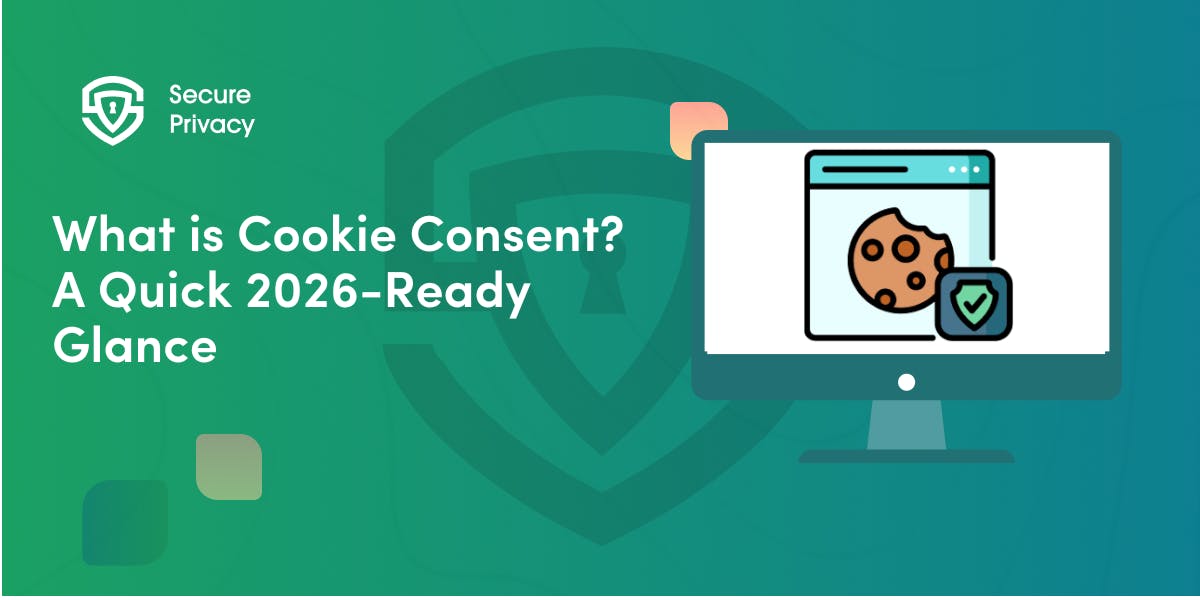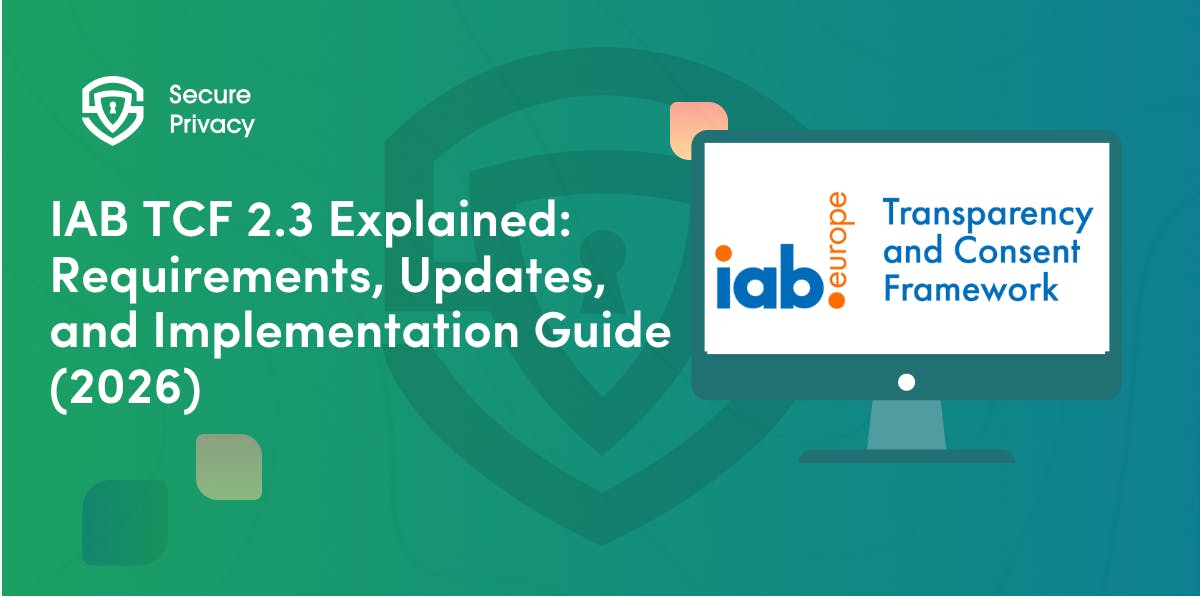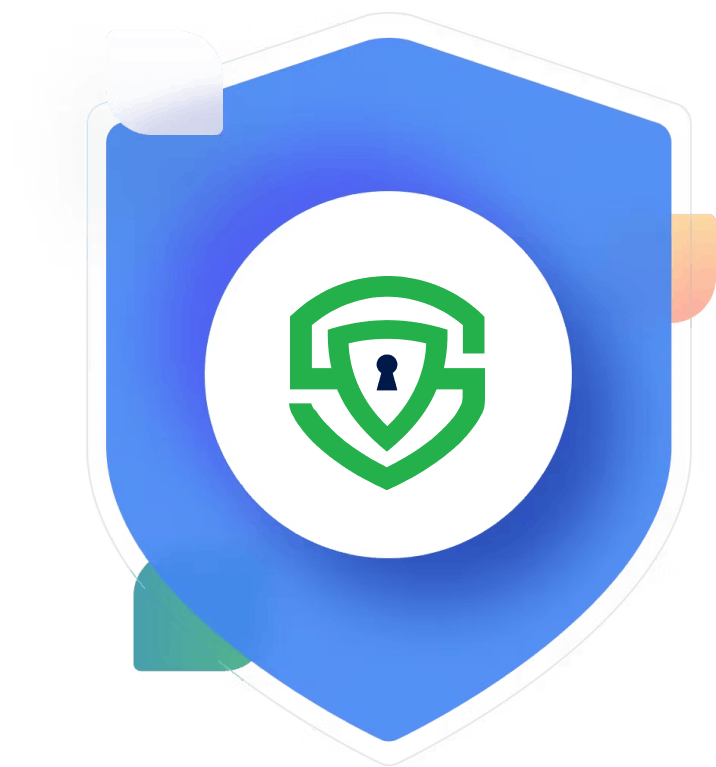CPRA's 12-Month Purge: Syncing Salesforce and Zendesk Without Losing Your Mind
That 12-month data retention clock is ticking. If you're juggling customer data between Salesforce and Zendesk, California's privacy law has handed you a major technical challenge: purge personal information consistently across both platforms without disrupting operations or missing anything that could trigger a violation.
Most companies tackle this with haphazard, manual processes—but that approach scales poorly and leaves you vulnerable to compliance gaps. Building proper automation between these platforms isn't just about avoiding fines—it creates efficiency your team will thank you for.
What CPRA Actually Demands About Data Retention
California's privacy rules have grown teeth. The California Privacy Rights Act (CPRA) flips the script on how long you can keep customer data by introducing two core principles you can't ignore:
The "Only What You Need" Rule
CPRA's data minimization principle means you can only collect and store the bare minimum personal information needed for your stated business purpose. Gone are the days of grabbing every possible data point "just in case." The law specifically requires you to:
- Limit collection to what's "reasonably necessary and proportionate"
- Process data only for the specific purposes you've disclosed
- Stop hanging onto information after it's served its purpose
This marks a 180-degree turn from previous practices where the risk generally came from not keeping enough data. Now, keeping too much creates liability.
The "Tell People How Long" Rule
Beyond limiting what you keep, CPRA demands transparency about retention timeframes. Your business must:
- Tell consumers upfront how long you'll keep each category of their personal information
- Explain why you're keeping it that long
- Provide criteria for determining retention periods if you can't specify exact timeframes
This disclosure must happen at or before the point of collection, giving consumers clear expectations about their data's lifecycle in your systems.
The Look-Back Gotcha That Catches Companies Off Guard
Here's where many businesses get tripped up: CPRA has a look-back provision that started January 1, 2022. This means your retention obligations apply retroactively to data you collected before the law fully took effect.
If you're just starting to implement retention automation now, you're already playing catch-up on data that may need purging. This adds urgency to getting your systems aligned and automated quickly.
Salesforce Tools That Make 12-Month Purging Possible
Salesforce offers several viable approaches for implementing automated data purging, each with distinct advantages depending on your technical resources and complexity needs.
Option 1: Scheduled Triggered Flows (No-Code)
If your development resources are tight, Salesforce's scheduled triggered flows offer a powerful no-code solution that marketing or operations teams can implement.
These flows let you:
- Set up automated deletion processes that run on specific dates
- Target exact objects like cases, tasks, and email messages
- Apply filtering criteria to avoid deleting records you still need
- Process large volumes through automatic batching
For example, you might create a flow that runs monthly to identify and delete completed tasks older than 365 days. The flow can include conditions to check related records or status fields before deletion to ensure compliance without destroying needed information.
The main advantage: no development resources required, and it's maintainable by system administrators.
Option 2: Scheduled Apex Batch Jobs (Code-Based)
For more complex purging requirements, scheduled Apex batch jobs provide maximum flexibility and power. This approach works especially well for enterprise-scale operations with millions of records or intricate retention rules.
The batch approach processes records in chunks, avoiding Salesforce's governor limits that would otherwise block bulk deletions. You can schedule this code to run automatically at your preferred intervals.
The main advantage: complete control over complex logic, relationship handling, and integration with other systems.
Making Zendesk Play Nice With Your Purge Schedule
While Salesforce offers built-in automation options, Zendesk requires a more API-centric approach to implement compliant data purging.
Zendesk's API Deletion Capabilities
Zendesk's API allows you to delete tickets programmatically, with rate limits that permit up to 400 ticket deletions per minute. This provides sufficient throughput for most organizations implementing a 12-month purge strategy.
Building a Reliable Zendesk Purge System
To implement a robust purge process in Zendesk, you'll need to:
- Create a scheduled script that queries for tickets older than 12 months
- Apply additional filtering based on your retention policies
- Process deletions in batches within rate limits
- Log completion and any issues for audit purposes
This approach can be implemented using various programming languages and hosted in cloud functions, scheduled jobs, or integration platforms depending on your existing technology stack.
Bridging the Gap: Keeping Salesforce and Zendesk in Sync
The toughest challenge isn't setting up deletion in each system individually—it's ensuring they remain synchronized so you don't end up with orphaned or inconsistent data.
Mapping Your Cross-Platform Data
Before writing a single line of code, you need to understand exactly how data flows between your Salesforce and Zendesk instances:
- Which Salesforce objects link to Zendesk tickets?
- What identifiers connect records across platforms?
- How are updates in one system reflected in the other?
- Which system serves as the "source of truth" for different data elements?
This mapping exercise must involve stakeholders who understand both platforms and your business processes. The resulting documentation becomes your blueprint for synchronized deletion.
Practical Sync Approaches That Actually Work
Several patterns prove effective for maintaining synchronized retention across platforms:
1. Central Orchestration Build a middleware layer that tracks retention dates across both systems and orchestrates deletion calls to each platform's API. This approach provides a single point of control but requires additional infrastructure.
2. Primary-Secondary Pattern Designate one system as primary (typically Salesforce) and trigger secondary deletions (in Zendesk) as part of the primary system's purge process. This approach leverages existing integration points but requires careful error handling.
3. Event-Driven Architecture Use events or webhooks to notify each system when deletions occur, allowing the receiving system to take appropriate action. This loosely-coupled approach provides flexibility but requires robust error handling and retry mechanisms.
The right choice depends on your existing architecture, technical capabilities, and volume of cross-platform data.
Putting It All Together: Your Implementation Roadmap
Creating a synchronized 12-month purge system isn't an overnight project. This phased approach helps ensure success:
Phase 1: Policy Development (Weeks 1-2)
- Define explicit retention policies for each data category
- Document justifications for each retention period
- Update privacy notices to reflect retention practices
- Get stakeholder alignment on retention approach
During this phase, focus on what data you'll keep, for how long, and why. This foundation guides all technical implementation decisions.
Phase 2: System Assessment (Weeks 3-4)
- Inventory all personal data across Salesforce and Zendesk
- Map data flows between systems
- Assess current retention practices
- Identify high-risk data requiring immediate attention
This phase establishes your baseline and helps prioritize implementation efforts based on compliance risk.
Phase 3: Technical Design (Weeks 5-6)
- Select implementation approaches for each platform
- Design synchronization mechanism
- Create deletion criteria for each object type
- Develop testing strategy
The technical design should account for record volumes, relationship complexity, and your team's technical capabilities.
Phase 4: Implementation (Weeks 7-10)
- Develop and test Salesforce automation
- Develop and test Zendesk automation
- Implement synchronization mechanism
- Create audit logs and monitoring
Implementation should proceed incrementally, with thorough testing at each stage.
Phase 5: Verification (Weeks 11-12)
- Run controlled purge tests
- Verify data consistency across platforms
- Validate against retention policies
- Document compliance evidence
This final phase ensures your implementation correctly applies your retention policies and maintains data consistency.
Common Pitfalls That Derail Purge Automation
Watch for these frequently encountered issues that can undermine your compliance efforts:
Overlooking Relationship Dependencies
Deleting a record in one system can break functionality in another if relationships aren't properly managed. For example, deleting a Salesforce contact might orphan related Zendesk tickets. Your deletion logic must account for these dependencies, potentially implementing soft-deletion approaches where necessary.
Ignoring Hidden Personal Data
Personal information often hides in unexpected places like custom fields, notes, attachments, and activity histories. Your data inventory must be thorough, and your purge logic must address all locations where personal data resides.
Failing to Account for Retention Exceptions
Some records legitimately need longer retention periods due to:
- Active legal holds
- Ongoing contractual obligations
- Regulatory requirements in other domains
- Business continuity needs
Your automation must include exception handling to identify and preserve these records while still purging others.
Missing the Audit Trail
Without proper logging and verification, you can't prove compliance with retention rules. Implement comprehensive audit trails that document what was deleted, when, and why to demonstrate due diligence if questioned by regulators.
Beyond Compliance to Better Data Management
Implementing a synchronized 12-month purge system across Salesforce and Zendesk initially feels like a regulatory burden, but it delivers unexpected benefits. Beyond CPRA compliance, proper retention automation:
- Reduces storage costs by eliminating unnecessary data
- Improves system performance through reduced database size
- Minimizes security risks by limiting exposed personal information
- Forces healthy data governance practices across your organization
The CPRA's data retention requirements push companies toward what they should have been doing all along: treating customer data as both valuable and temporary. By building robust, synchronized purge automation, you not only meet compliance obligations but create a more efficient, secure, and ethical data management approach.
The tools exist in both Salesforce and Zendesk to make this automation practical. The key lies in careful planning, clear policies, and thoughtful implementation that addresses the unique characteristics of both platforms while maintaining data consistency throughout the process.
Get Started For Free with the
#1 Cookie Consent Platform.
No credit card required

What is Cookie Consent? A Quick 2026-Ready Glance
Your website loads. Cookies track users. But without proper cookie consent, you're violating GDPR — risking fines up to €20 million or 4% of global revenue. Cookie consent is the legally required mechanism by which websites obtain explicit user approval before deploying non-essential tracking technologies. This requirement stems from GDPR Article 4(11) and the ePrivacy Directive, mandating that consent must be freely given, specific, informed, and unambiguous.
- Legal & News

DSAR Tools Explained: Best Software for Automating Privacy Requests
You're drowning in data subject access requests. Manual searches through dozens of systems miss regulatory deadlines and expose organizations to fines starting at $2,500 per violation. The solution? DSAR tools — purpose-built software that automates the entire process of responding to data subject access requests, from intake to delivery.
- Legal & News

IAB TCF 2.3 Explained: Requirements, Updates, and Implementation Guide (2026)
Your ad revenue dropped 40% overnight. Google stopped bidding on your inventory. Your DSP partners flagged your traffic as non-compliant. The culprit? An outdated TCF 2.2 consent string after the February 2026 enforcement deadline.
- Legal & News
- Cookie Consent

